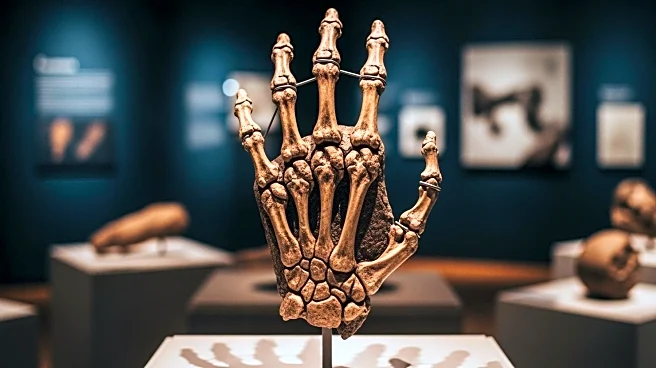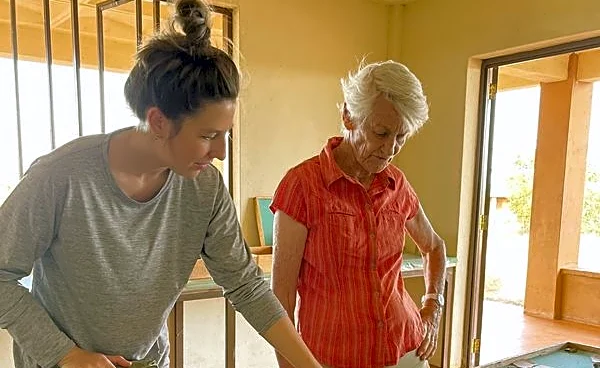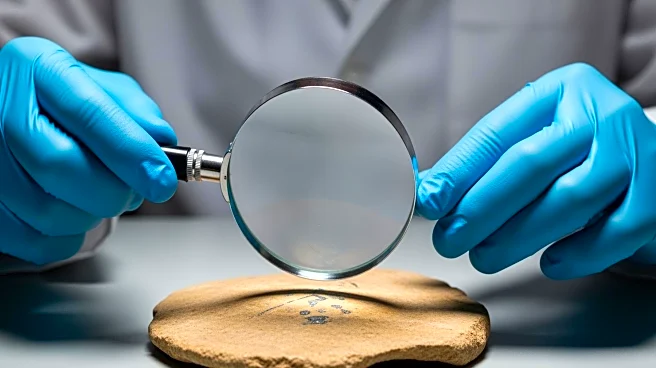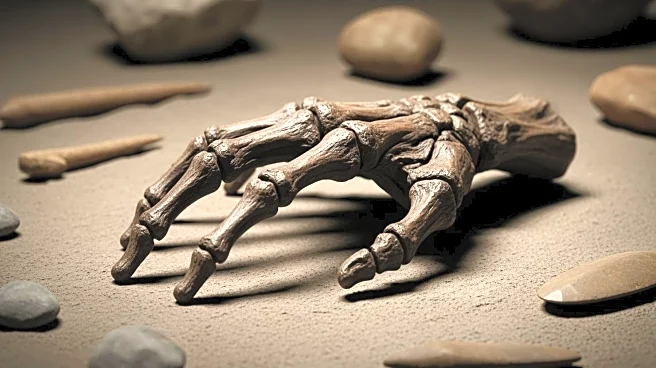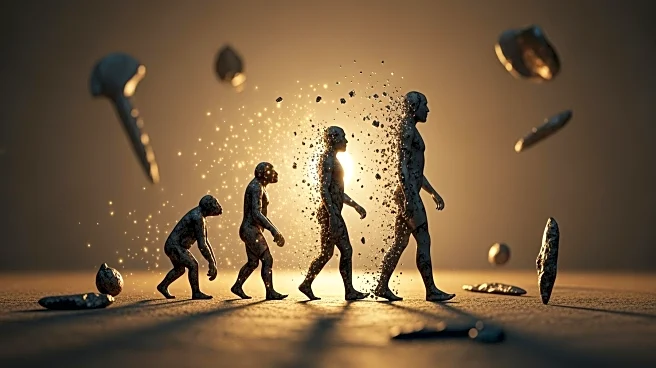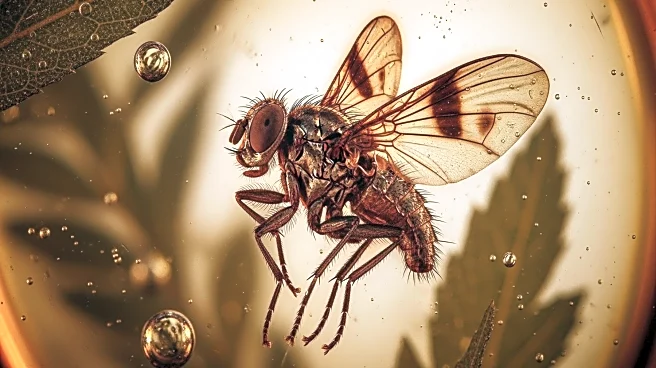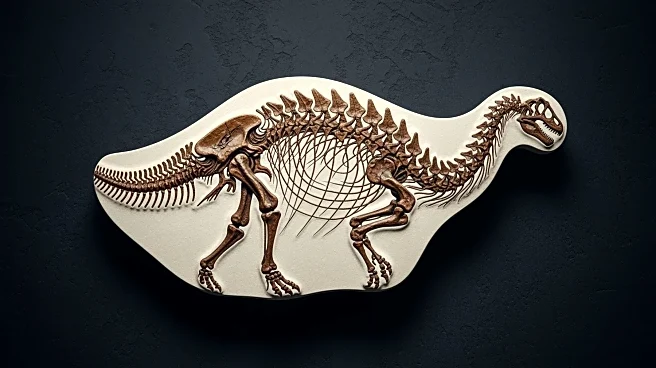What's Happening?
Researchers have discovered the first-ever fossil hand of Paranthropus boisei at Lake Turkana, Kenya, providing new insights into the species' capabilities. Paranthropus boisei, an archaic human species,
lived in Africa from over 2.6 million to 1.3 million years ago. The discovery of the hand, along with a partial skeleton, suggests that P. boisei shared key bipedal and manipulative adaptations with the Homo genus. The hand exhibits a combination of dexterity and strength, resembling both human and gorilla hands. This finding challenges previous assumptions about the species' ability to make tools and its lifestyle.
Why It's Important?
The discovery of the Paranthropus hand offers significant insights into human evolution, particularly regarding the development of tool-making abilities. Understanding the physical capabilities of early human species can shed light on the evolutionary pathways that led to modern humans. The research suggests that P. boisei may have used its hands for manual food processing, similar to gorillas, rather than tool-making. This challenges existing theories about the role of tool use in human evolution and highlights the diversity of survival strategies among early hominins.
What's Next?
Further research may focus on exploring the ecological and behavioral aspects of Paranthropus boisei to better understand its role in human evolution. Anthropologists may investigate other skeletal elements to gain a comprehensive view of the species' physical capabilities and lifestyle. Additionally, the discovery could prompt a reevaluation of the evolutionary significance of tool-making and its impact on the development of human traits.
Beyond the Headlines
The discovery raises questions about the influence of environmental factors on the evolution of early human species. The adaptation of P. boisei to a plant-based diet and its physical characteristics suggest a complex interplay between ecological conditions and evolutionary development. This finding may contribute to broader discussions about the role of environmental pressures in shaping human evolution.
